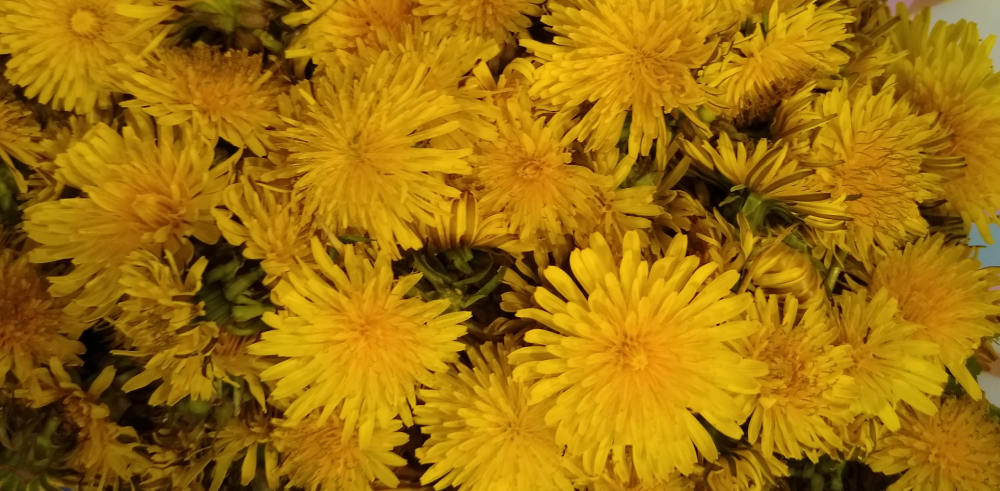To get the most out of our yards, native plants are the way to go. They are well adapted to survive and typically need less water, less fertilizing and overall less care to fit in and thrive in our watershed. But did you know there is a difference between non-native and invasive plants?
Invasive plants are plants that have been introduced to an ecosystem and are poised to take over. They generally produce a large quantity of seeds, have aggressive root systems that spread long distances or smother other plants in the area. Some produce chemicals which impact the growth of plants around them. Basically, these plants dominate the surrounding wildlife and don’t offer the benefits native insects or animals need.
Non-native plants are also introduced plants, but they don’t cause the havoc that invasive plants do. They could produce foliage or blooms that benefit local wildlife and they don’t take over their habitat. However, they are generally not adapted to our watershed and may require more care than native plants. This means they may need more water, zapping it from your native species or more fertilizer which could also result in an increase in stormwater pollution leaving your home.
Sometimes it is tough to determine what is native, non-native or invasive. We recommend researching the plants found in your yard to determine where they fall. Your local Master Naturalist, Cooperative Extension or local native plant guides are all excellent resources.
Plants are introduced to our region for all types of reasons, erosion control, medicinal, culinary, or just ornamental. These well meaning additions can have disastrous results, but sometimes we can benefit from them as well. Many of the herbs we grow in the garden are non-native, but have numerous benefits, and are generally kept in container gardens to reduce the spread (mint, anyone?)
One extremely common plant found in almost any Virginia yard during spring is the Dandelion. They are so common, you may be surprised to know that they are a non-native species. Dandelions (Taxacum officinale) are native to Eurasia, and it is generally believed that they were first brought to North America on the Mayflower for its medicinal uses. In Europe, China, India and Russia they were used to treat a plethora of skin, infection, liver and digestive problems.
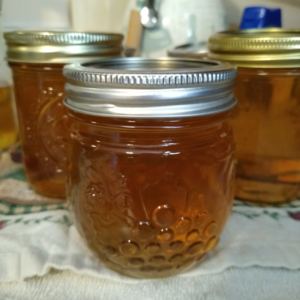
Although they may be tough to control in a traditional lawn, they are only listed as an invasive species in Alaska and Oregon. In most areas of the country there is a very low risk to pushing out native species and they provide no real damage to the ecosystem. In fact, they are an excellent food source for many of the native bees, insects and other wildlife. If these plants are a ‘thorn in your side’ instead of using a dangerous herbicide, consider picking and using them!
Yes – you can eat the dandelions growing in your yard, provided they are not growing near a roadway, or your yard – or a neighboring yard – has not been treated with fertilizer or toxic sprays.
For years people have been eating their leaves in salads, steeping a tea from its roots or petals, or making wine or jelly from the flowers. Leaves on an older flowering plant can have a stronger flavor, so pick them early before the plant flowers, unless you are cooking them. If you are interested in trying to make a jelly, it has a slight honey and lemon flavor and is very easy to make. So if you are ready to rid your yard of a few bright yellow flowers, follow along below and share all of your dandelion creations with us on Facebook or Instagram!
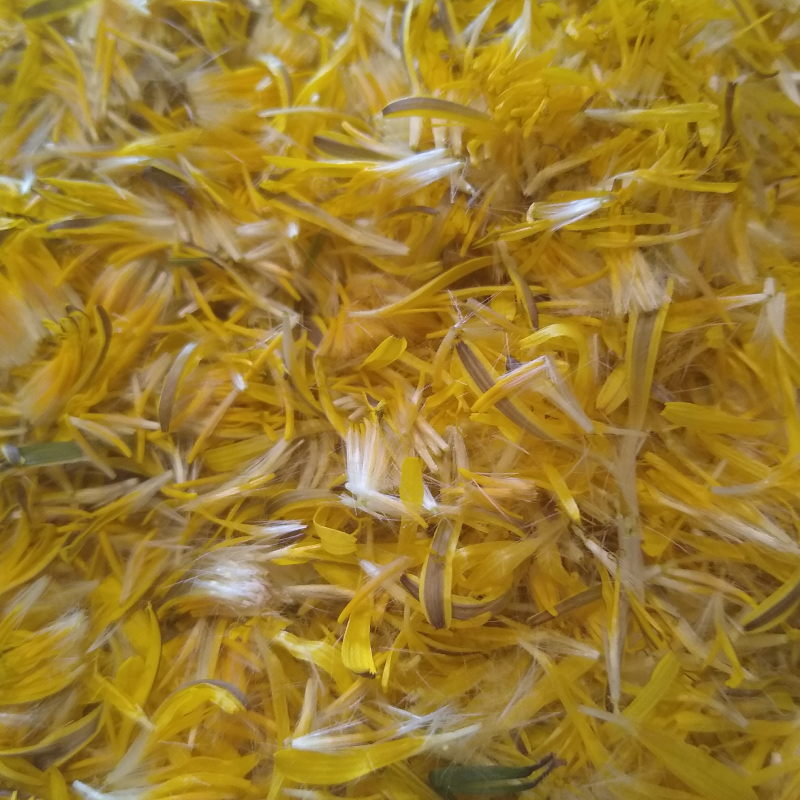
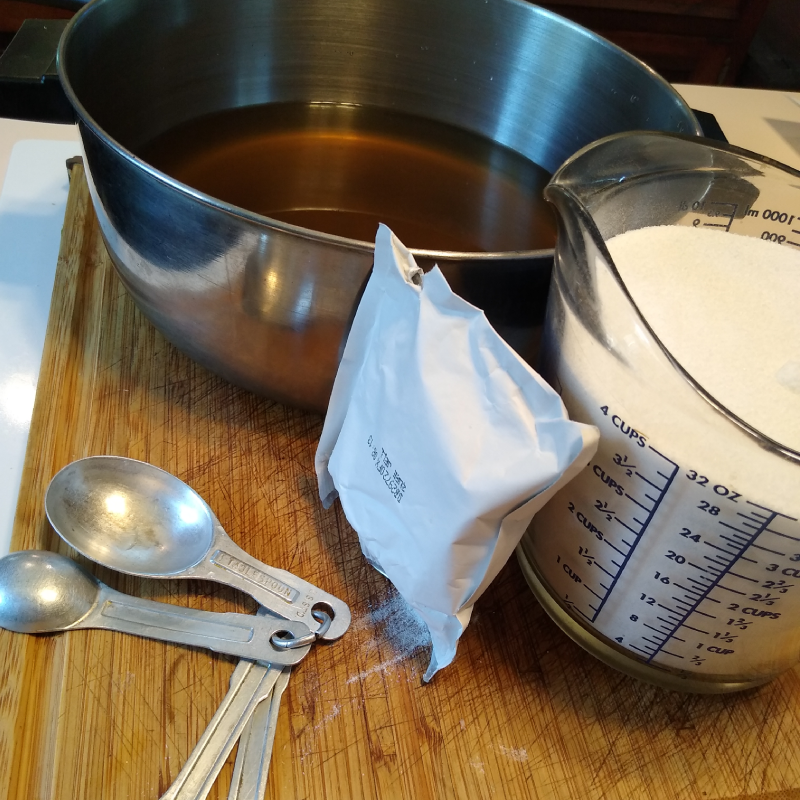
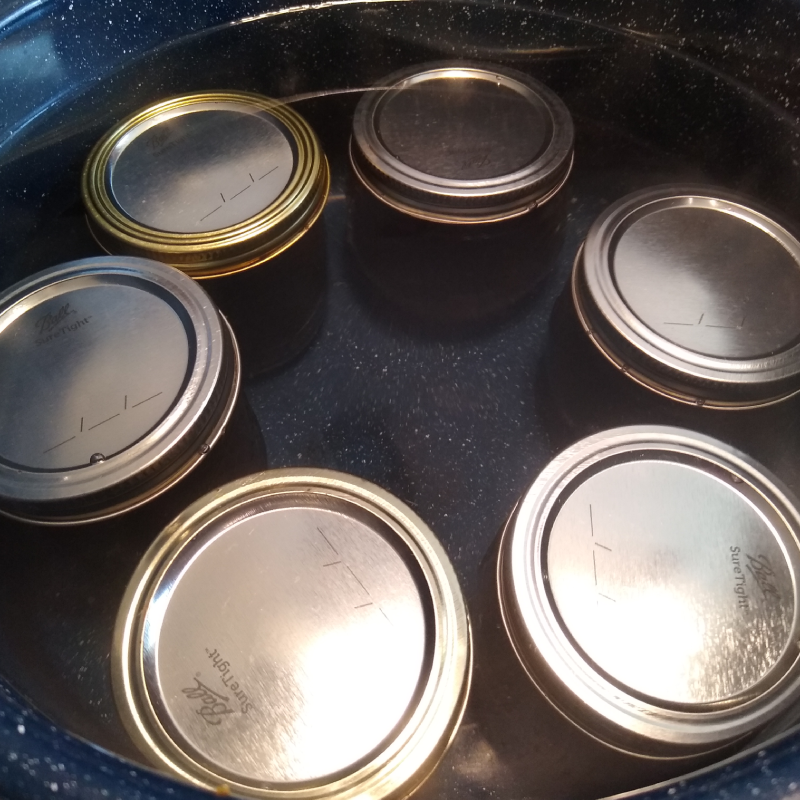
Make Your Own Dandelion Jelly
The steps are simple!
- Harvest dandelion flowers – Approximately 8 cups of flowers – Wait until late morning or early afternoon when the dew has dried off the flowers.
- Separate petals – Approximately 4 cups of petals (or 2 cups tightly packed) – This was tricky, You’ll need to separate the petals from the green. We used a pair of scissors and snipped the back of the flower pulling apart the petals and the small leaves. This is the most time consuming part of the process.
- Brew dandelion petal tea – Rinse your petals (we tried rinsing prior to separating the petals, and that was tough! We recommend you rinse now) and place them in a sealable container (like a mason jar). Pour 4 cups of boiling water over your petals, allow them to cool and then place them in the fridge for 24 hours.
- On day 2, strain the petals out of the Dandelion Tea, it should be between 3 ½- 4 cups of liquid. We used cheesecloth and wrung as much liquid out as possible. Pour the tea into a jam pot, or a saucepan to heat on the stove.
- Mix in the other ingredients. You will need to use boxed pectin, unlike fruit jelly, flower jelly will not set up without it. We used Sure-Jell, but if you are using a different pectin, refer to those directions! Add 2 tablespoons of lemon juice and a box of Sure-Jell pectin to the Dandelion Tea in the saucepan.
- Bring to a rapid boil, stir in 4 cups of sugar and keep stirring to dissolve. Allow to boil hard for 1-2 minutes skimming off any foam.
- Pour into hot sterilized half-pint jars and cap the jars with 2 part canning lids. Be sure to leave ¼ space from the top. Store in the refrigerator to be used immediately, or can using a water bath.
- If canning, place the jars in your water bath ensuring they are covered by 2 inches of water and boil for 10 minutes. Carefully (not using your hands) remove the jars and place them on a towel on your counter, and check seals after 24 hours. Sealed Jars can be kept in storage for a year to 18 months.

